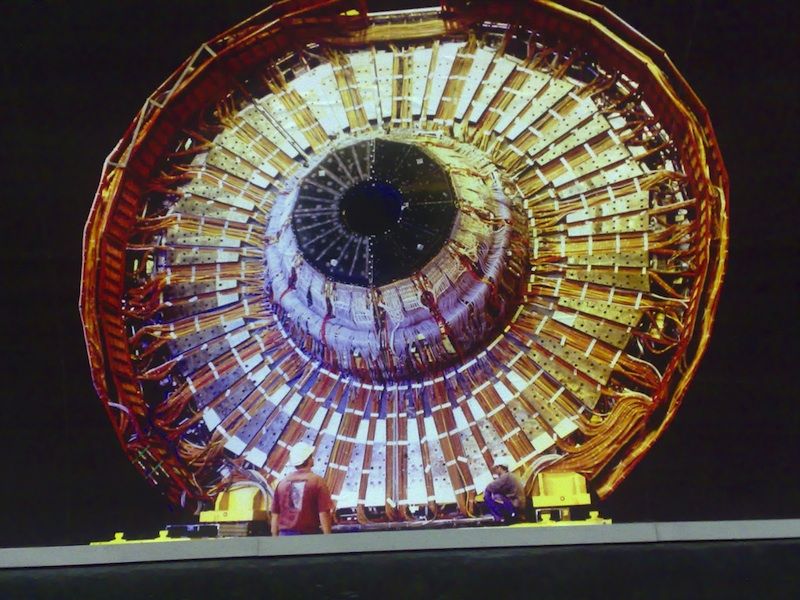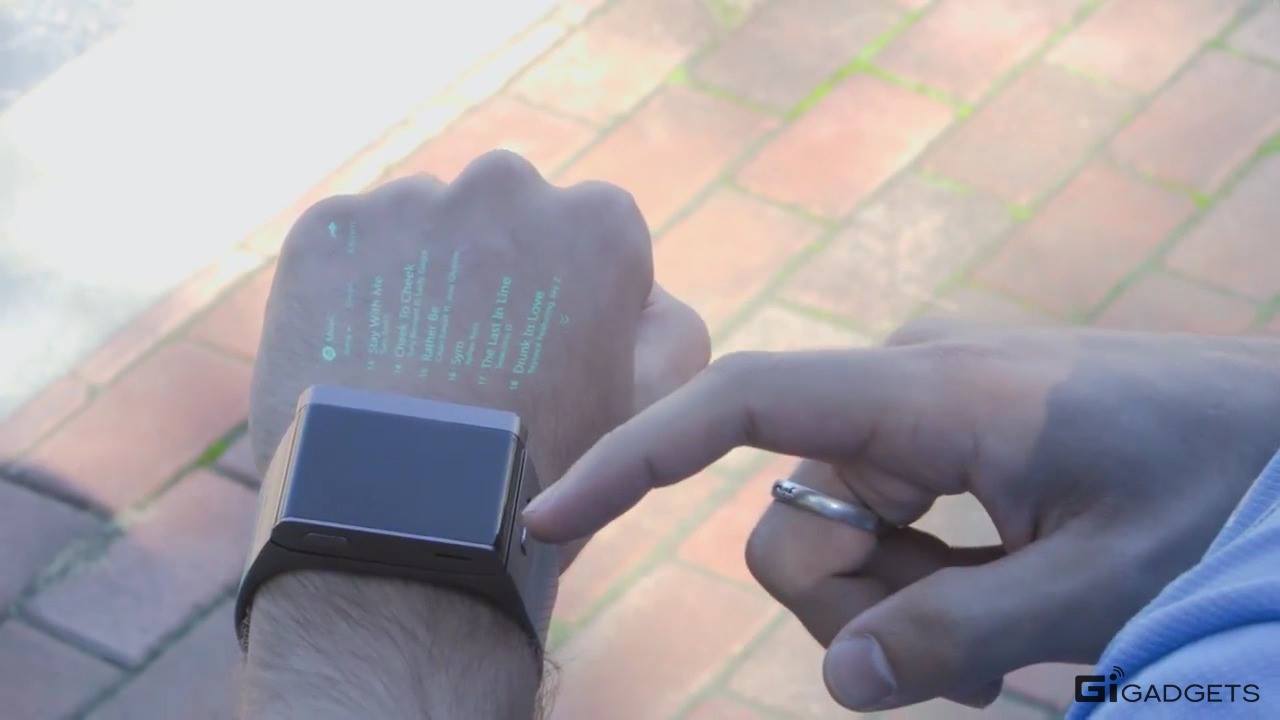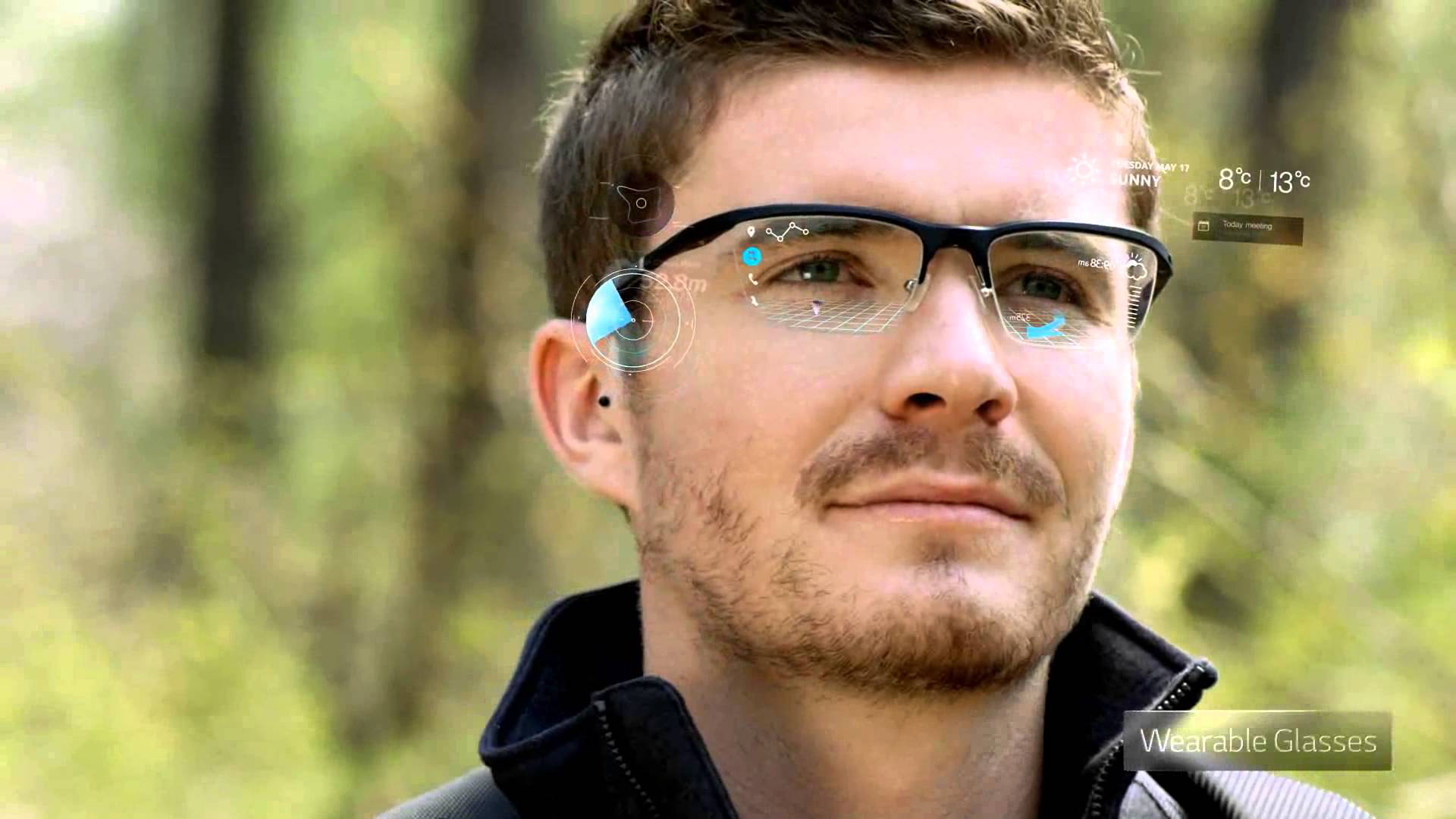Scientists at the Large Hadron Collider at CERN have found evidence of a new particle called the gluino, which might be integral to the nature of our universe. (Photo : Mark Hillary | Flickr)
A team of scientists currently working at the Large Hadron Collier at the European Organization for Nuclear Research (CERN) announced that it has possibly discovered the existence of a particle integral to nature in a statement on Tuesday, Dec. 15, and again on Dec.16.
The two teams working in concert, named Atlas and CMS, presented their findings on the particle from the Large Hadron Collider’s second run (LHC Run 2). The results were based on what the scientists observed during the particle collisions. The previously-hypothesized particle, named the gluino, is theoretically the supersymmetric partner of the gluon (or glue particle, which is comprised entirely of nuclear force). This would mean that the gluino could be pair-produced by colliders like the LHC, and would more or less be described as a heavier version of the Higgs boson, a particle that essentially helps us understand why other particles contain mass and was identified at the LHC at CERN in 2012.









